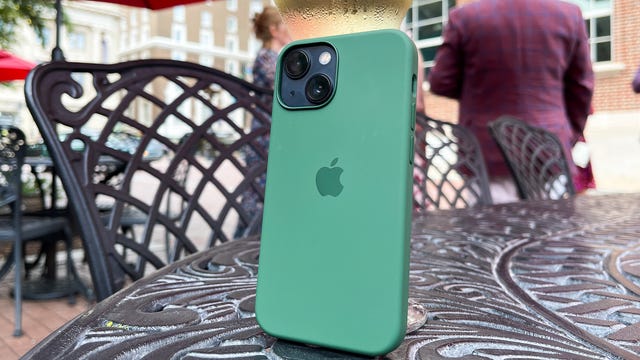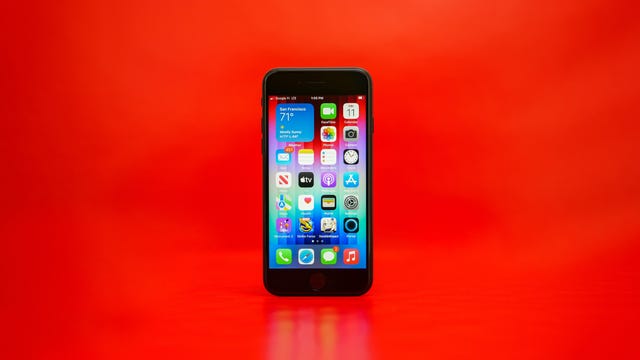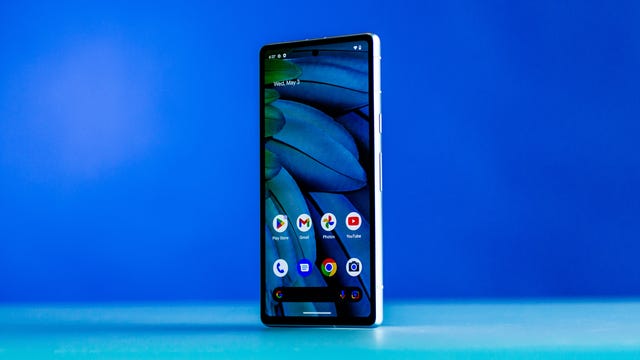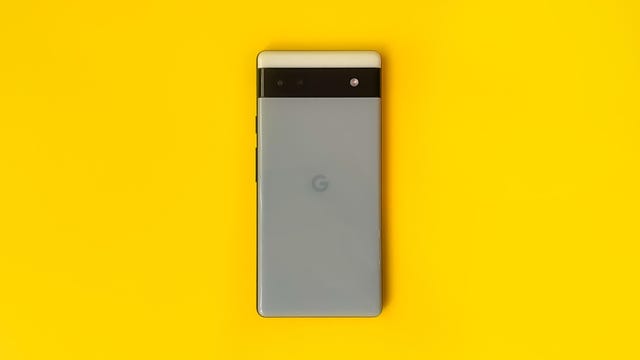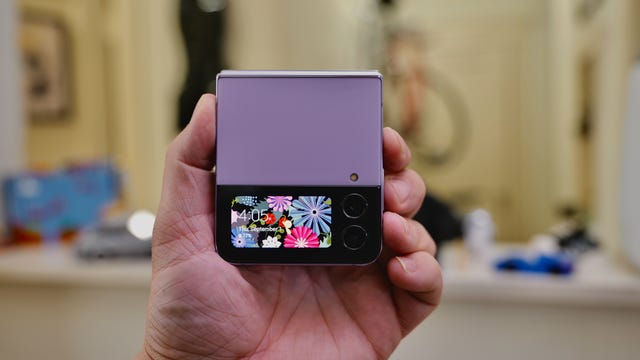Technologies
Best Small Phone of 2023
Whether you have tiny hands, or just just prefer a petite device, here are our picks for the best small phones.
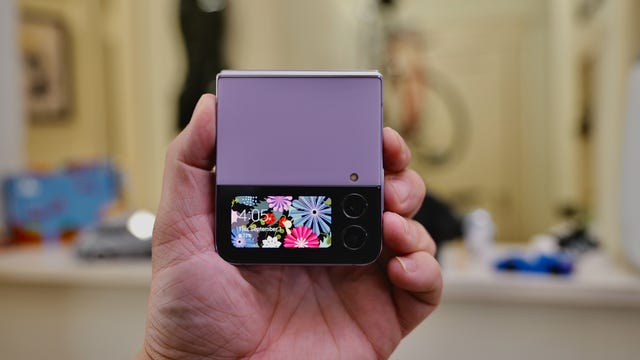
Finding a smaller, more compact phone is tough. These days, bigger is apparently better, with pretty much all companies continuing to increase the size of their flagship phones. The new iPhone 14 Pro measures in at 6.03 inches, the Pixel 7 Pro at 6.7 inches and Samsung’s Galaxy S23 Ultra takes it even further, to a whopping 6.8 inches. It makes it hard to believe that Samsung’s original Galaxy Note was once considered a Goliath at just 5.3 inches.
Big screens have their advantages. Top specs and stellar cameras are often packed into those massive bodies, while the sheer size of the screens makes them great for watching videos or playing games on the move. But there’s no escaping the fact that the increase in size has made them more cumbersome to hold and use for anyone with hands smaller than continents. And that’s to say nothing of the embarrassing bulge when you try to shove one into the pocket of your skinny jeans.
Though bigger phones can be better for those of you really into your videos or playing lots of mobile games on the move, there are many of us who’d still prefer a smaller phone that’s easier to type with one-handed.
Advertiser Disclosure
Your options are, I’m sorry to say, limited and getting more so all the time — especially as Apple opted not to refresh its iPhone Mini line after the iPhone 13 Mini, although the 13 Mini is still officially on sale. But there are still some smaller phones to consider, though you may have to sacrifice some features, like longer battery life, wireless charging and better camera performance. Everyone’s definition of «small» is different, and a comfortable size for you may feel uncomfortably large to someone else. If you’re worried about the size, it’s worth trying to get hands-on with a phone at your nearest store.
What’s the best small phone right now?
The best small phone is hands down Apple’s iPhone 13 Mini. Although it lacks the high performance processor and amazing camera skills of the more recent iPhone 14 Pro, it offers great all-round performance for everyday use and its 5.4-inch screen is one of the smallest around.
Best small phones of 2023
While Apple didn’t release an iPhone 14 Mini in 2022, essentially putting a nail in the coffin of the Mini line, the iPhone 13 Mini is still officially on sale directly from Apple. Its 5.4-inch display makes it a fair bit smaller than any in the iPhone 14 range, and actually qualifies it as the physically smallest phone Apple makes. Sure, the iPhone SE 2022 has a smaller display, but it has large bezels around the edges, which makes the whole phone slightly larger.
With pricing that starts at $599, you’ll be paying extra money over the iPhone SE for that more modern design, along with a dual rear camera system that adds an excellent ultra-wide angle to the standard view. It’s a shame Apple hasn’t updated the Mini range this year, but while it’s still being officially sold by Apple, the iPhone 13 Mini is the best smaller phone to consider right now.
Launched last year, Apple’s iPhone SE packs a solid single camera, a potent A15 Bionic chip and 5G support into a body with a display that measures only 4.7 inches. That’s a huge size difference compared with the gargantuan 6.69 inches of the iPhone 14 Pro Max. Using an older design, its large bezels actually mean it’s physically slightly larger than the iPhone 13 Mini, despite having a smaller display.
At $429 it’s the cheapest iPhone Apple makes, but you will have to sacrifice some features including the more impressive multi-camera arrays found on the higher-end models as well as things like Face ID. Still, if you’re after a solid everyday small phone that won’t break the bank, it’s the phone to go for.
Google’s budget phone offering took a leap forward in 2023 with the Pixel 7A, which boasts many of the same benefits as the Pixel 7 but at a cheaper price. At 6.1 inches, it isn’t exactly a tiny phone, but it’s certainly among the smallest Android phones you should consider buying.
Like the Pixel 7, the Pixel 7A runs on Google’s Tensor G2 processor, meaning it has many of the same photo editing and language translation features as its pricier sibling. The Pixel 7A’s 64-megapixel camera also takes excellent photos that will suit casual snappers well.
Though the Pixel 7A has technically replaced the older Pixel 6A, Google is continuing to sell the 6A and it’s even lopping some cash off the asking price. The phone is frequently found for around $350, which is a huge savings over the regular $449 price, so make sure you shop around if you’re looking for a bargain. Like the 7A, its screen measures 6.1 inches, which is just what we have to consider small these days.
It includes 5G connectivity, solid all-round performance and a dual camera system that can take great photos in daylight and at night. It isn’t as generally high performing as the top-end Pixel 7 Pro, but it’s less than half the price of the flagship, so it’s well worth considering if you’re shopping on a budget.
With a 6.7-inch screen size, the Samsung Galaxy Z Flip 4’s screen is way too big to be on this list. But before you slam your fists into your keyboard at my incompetence, hear me out. As one of Samsung’s foldable phones, the Z Flip 4 folds in half, turning that massive screen into a small, square puck that quite comfortably fits into a jacket pocket.
An outer display will alert you to incoming notifications, meaning you only need to unfold it to its full size when you actually want to reply. Sure, it might not be the perfect solution, and with a starting price of $1,000 it’s hardly cheap, but its innovative hinge design might offer you the best of both worlds: a compact form when it’s sitting in your pocket, but a big screen for when you want to use it.
How we test phones
Every phone on this list has been thoroughly tested by CNET’s expert reviews team. We actually use the phone, test the features, play games and take photos. We assess any marketing promises that a company makes about its phones. And if we find something we don’t like, be it battery life or build quality, we tell you all about it.
We examine every aspect of a phone during testing:
- Display
- Design and feel
- Processor performance
- Battery life
- Camera quality
- Features
We test all of a phone’s cameras (both front and back) in a variety of conditions: from outdoors under sunlight to dimmer indoor locales and night time scenes (for any available night modes). We also compare our findings against similarly priced models. We have a series of real world battery tests to see how long a phone lasts under everyday use.
We take into account additional phone features like 5G, fingerprint and face readers, styluses, fast charging, foldable displays and other useful extras. And we, of course, weigh all of our experiences and testing against the price so you know whether a phone represents good value or not.
Read more: How we test phones
More budget phone advice
Technologies
If You Were ‘Tricked’ Into an Amazon Prime Subscription, You Should Have Been Paid by Today
Amazon is paying $1.5 billion to people who mistakenly subscribed to Prime, and the first round of payments are due today.
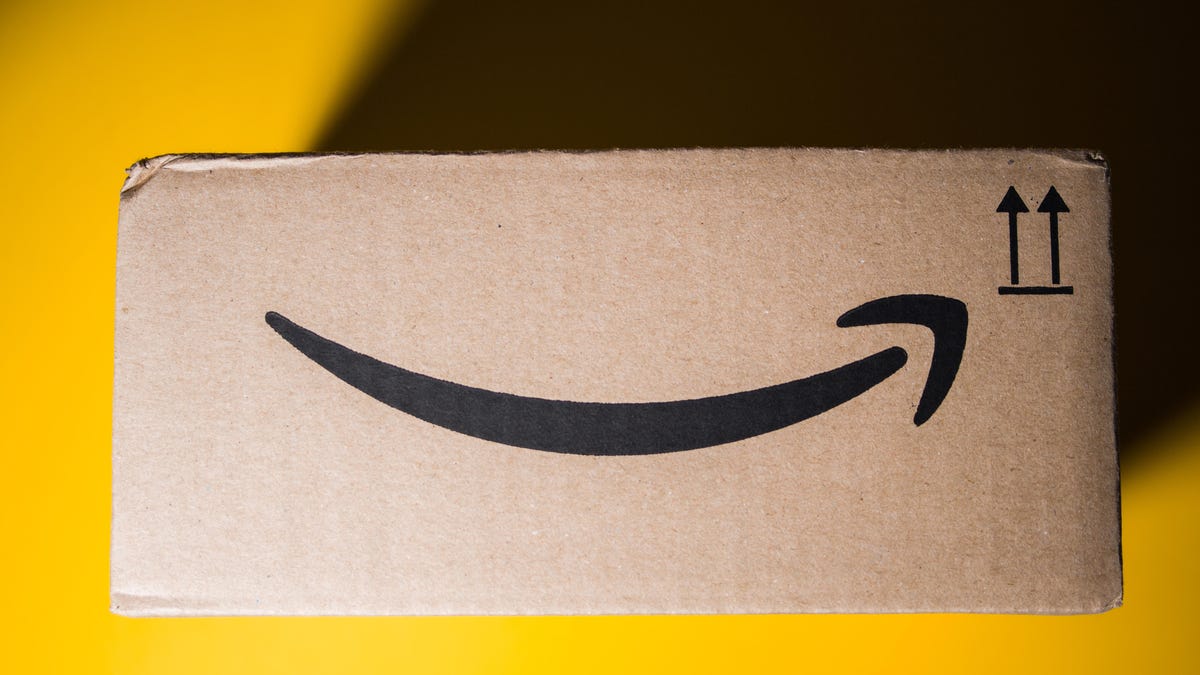
Amazon Prime provides a lot of valuable benefits to its members, but the company’s registration practices for its premium subscription from 2019 to 2025 led to many customers accidentally subscribing to a service they didn’t want.
Amazon is now paying the price for that deception — the US Federal Trade Commission levied a massive $2.5 billion settlement on the company for its subscription tactics.
The majority of the settlement — $1.5 billion — has been earmarked to refund eligible subscribers, with the rest serving as a civil penalty. Amazon is also now legally required to provide a clear, obvious option to decline Prime, making it as easy to leave the service as it is to join.
Amazon isn’t admitting to shady behavior. «Amazon and our executives have always followed the law, and this settlement allows us to move forward and focus on innovating for customers,» Mark Blafkin, Amazon senior manager, said in a statement. «We work incredibly hard to make it clear and simple for customers to both sign up or cancel their Prime membership, and to offer substantial value for our many millions of loyal Prime members around the world.»
The online retail giant started sending out payments to eligible people in November and was supposed to conclude its initial automatic payments today, Dec. 24. Read on to learn more about Amazon’s settlement and what to do if you think you’re eligible for compensation but didn’t receive a payment.
Why did the FTC fine Amazon?
The FTC filed suit against Amazon, accusing the company of using «dark patterns» to nudge people into Prime subscriptions and then making it too hard to cancel. The FTC maintained Amazon was in violation of Section 5 of the FTC Act and the Restore Online Shoppers’ Confidence Act.
«Specifically, Amazon used manipulative, coercive or deceptive user-interface designs known as ‘dark patterns’ to trick consumers into enrolling in automatically renewing Prime subscriptions,» the FTC complaint stated.
Who’s eligible for Amazon’s payout?
Amazon’s legal settlement is limited to customers who enrolled in Amazon Prime between June 23, 2019, and June 23, 2025. It’s also restricted to customers who subscribed to Prime using a «challenged enrollment flow» or who enrolled in Prime through any method but were unsuccessful in canceling their memberships.
The FTC called out specific enrollment pages, including Prime Video enrollment, the Universal Prime Decision page, the Shipping Option Select page and the Single Page Checkout. To qualify for a payout, claimants must also not have used more than 10 Amazon Prime benefits in any 12-month period.
Customers who signed up via those challenged processes and did not use more than three Prime benefits within one year will be paid automatically by Amazon within 90 days. Other eligible Amazon customers will need to file a claim, and Amazon is required to send notices to those people within 30 days of making its automatic payments.
If you are eligible for the automatic payment, you should have received an email from Amazon by today explaining how to claim the money. You can be paid via PayPal or Venmo. If you prefer a paper check, don’t accept the digital payment. The FTC says Amazon will mail you a check that you must cash within 60 days.
How big will the Amazon payments be?
Payouts to eligible Amazon claimants will be limited to a maximum of $51. That amount could be reduced depending on the number of Amazon Prime benefits you used while subscribed to the service. Those benefits include free two-day shipping, watching shows or movies on Prime Video or Whole Foods grocery discounts.
Customers who qualify for the payments should have received them from Nov. 12 to Dec. 24, 2025.If you are eligible for compensation from Amazon but didn’t receive a payout, you’ll need to file a claim after Amazon starts the claim process. The FTC says it will update its Amazon settlement site once that process has begun.
Customers who did not use a challenged sign-up process but instead were unable to cancel their Prime memberships will also need to file claims for payment.
Technologies
Today’s NYT Connections: Sports Edition Hints and Answers for Dec. 25, #458
Here are hints and the answers for the NYT Connections: Sports Edition puzzle for Dec. 25, No. 458.
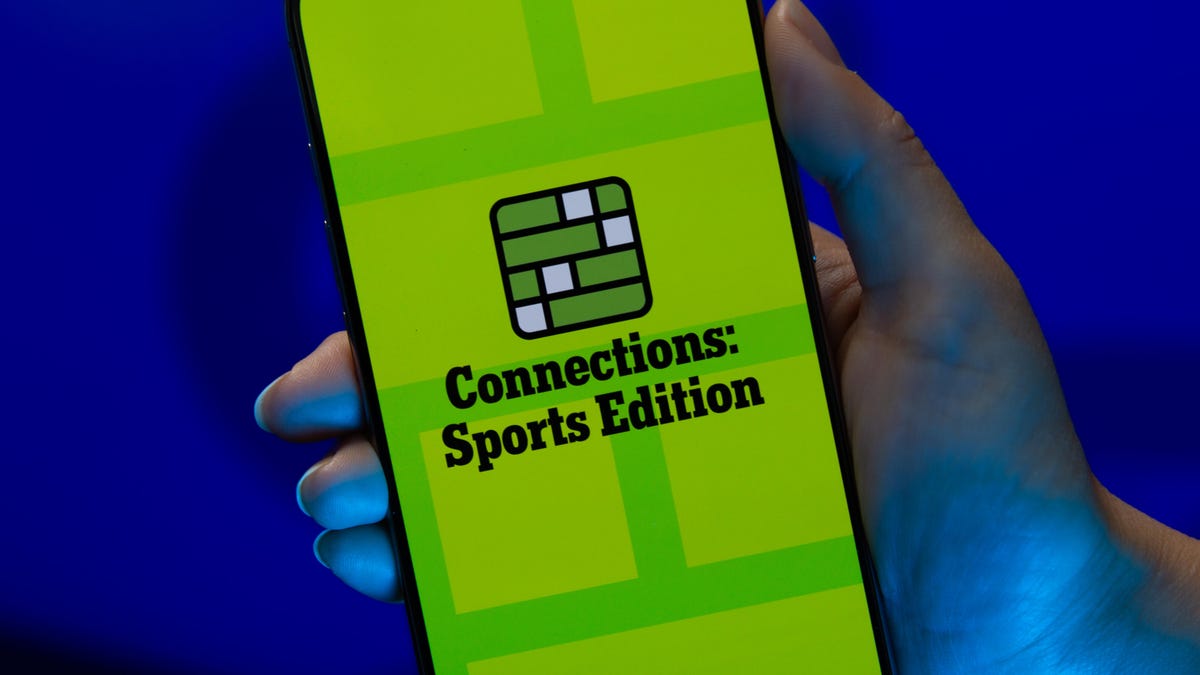
Looking for the most recent regular Connections answers? Click here for today’s Connections hints, as well as our daily answers and hints for The New York Times Mini Crossword, Wordle and Strands puzzles.
Today’s Connections: Sports Edition has a real mix of categories, including one that’s all about a certain famous athlete. If you’re struggling with today’s puzzle but still want to solve it, read on for hints and the answers.
Connections: Sports Edition is published by The Athletic, the subscription-based sports journalism site owned by The Times. It doesn’t appear in the NYT Games app, but it does in The Athletic’s app. Or you can play it for free online.
Read more: NYT Connections: Sports Edition Puzzle Comes Out of Beta
Hints for today’s Connections: Sports Edition groups
Here are four hints for the groupings in today’s Connections: Sports Edition puzzle, ranked from the easiest yellow group to the tough (and sometimes bizarre) purple group.
Yellow group hint: Swing away!
Green group hint: What’s that on your bat?
Blue group hint: Catch the football.
Purple group hint: Lake Placid or Lillehammer.
Answers for today’s Connections: Sports Edition groups
Yellow group: Baseball bat materials.
Green group: Associated with George Brett.
Blue group: NFL rookie WRs.
Purple group: Olympic ____.
Read more: Wordle Cheat Sheet: Here Are the Most Popular Letters Used in English Words
What are today’s Connections: Sports Edition answers?
The yellow words in today’s Connections
The theme is baseball bat materials. The four answers are aluminum, ash, birch and maple.
The green words in today’s Connections
The theme is associated with George Brett. The four answers are 5, pine tar, Royals and third base.
The blue words in today’s Connections
The theme is NFL rookie WRs. The four answers are Burden, Egbuka, Golden and McMillan.
The purple words in today’s Connections
The theme is Olympic ____. The four answers are Games, rings, torch and village.
Don’t miss any of our unbiased tech content and lab-based reviews. Add CNET as a preferred Google source.
Technologies
Christmas Eve Gaming Crushed as Steam Goes Offline
Services related to the popular game hub seem to slowly be returning as of Wednesday afternoon.
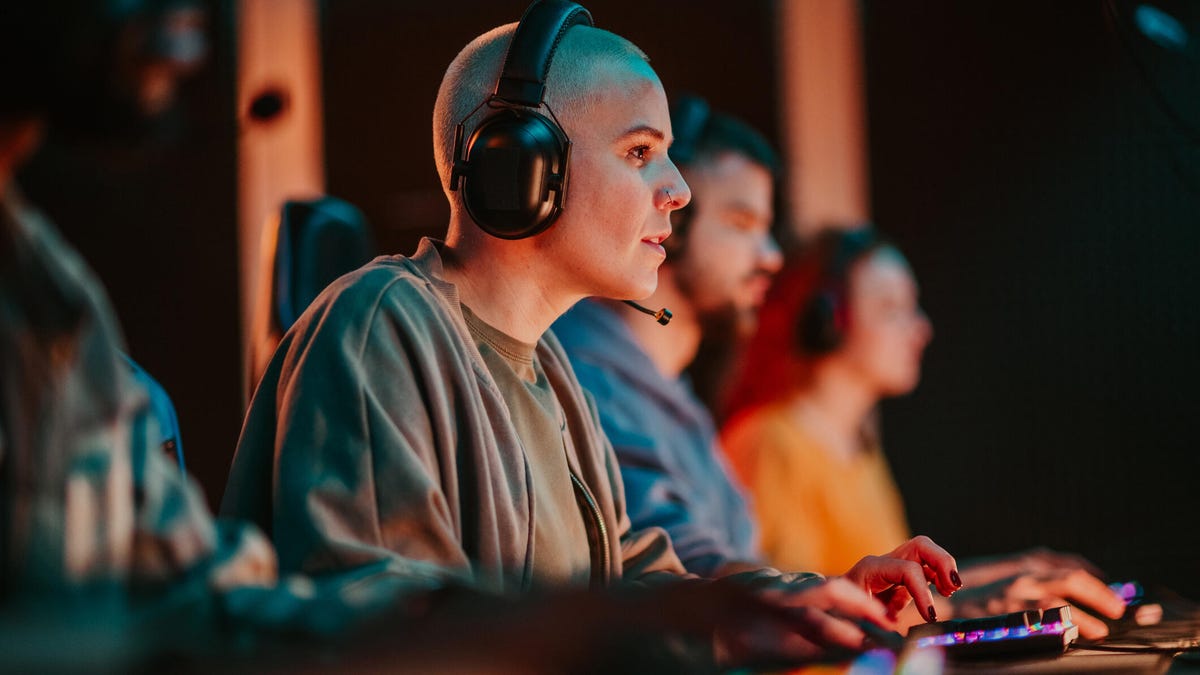
Your Christmas Eve gaming session might not go as planned. Online gaming hub Steam went down on Wednesday. As of about 1:30 pm PT, the Steam store page was once again accessible, so services seemed to be coming back online.
The Steam outage appeared to begin mid-afternoon ET, according to Downdetector, which monitors site outages. (Disclosure: Downdetector is owned by the same parent company as CNET, Ziff Davis.)
A representative for Steam did not immediately respond to a request for comment.
As of Wednesday noon PT, Steam’s official X and Bluesky accounts hadn’t posted anything about the outage.
Gamers certainly noticed. «Steam down, Steam down!!!» wrote one Bluesky user.
Others commented on the bad timing just as gamers were enjoying time off or receiving gaming gifts. «‘You got a gift on Steam!’ oh cool ‘Steam is down’ oh cool,» wrote another Bluesky user.
-

 Technologies3 года ago
Technologies3 года agoTech Companies Need to Be Held Accountable for Security, Experts Say
-

 Technologies3 года ago
Technologies3 года agoBest Handheld Game Console in 2023
-

 Technologies3 года ago
Technologies3 года agoTighten Up Your VR Game With the Best Head Straps for Quest 2
-

 Technologies4 года ago
Technologies4 года agoBlack Friday 2021: The best deals on TVs, headphones, kitchenware, and more
-

 Technologies4 года ago
Technologies4 года agoVerum, Wickr and Threema: next generation secured messengers
-

 Technologies4 года ago
Technologies4 года agoGoogle to require vaccinations as Silicon Valley rethinks return-to-office policies
-

 Technologies4 года ago
Technologies4 года agoOlivia Harlan Dekker for Verum Messenger
-

 Technologies4 года ago
Technologies4 года agoiPhone 13 event: How to watch Apple’s big announcement tomorrow

